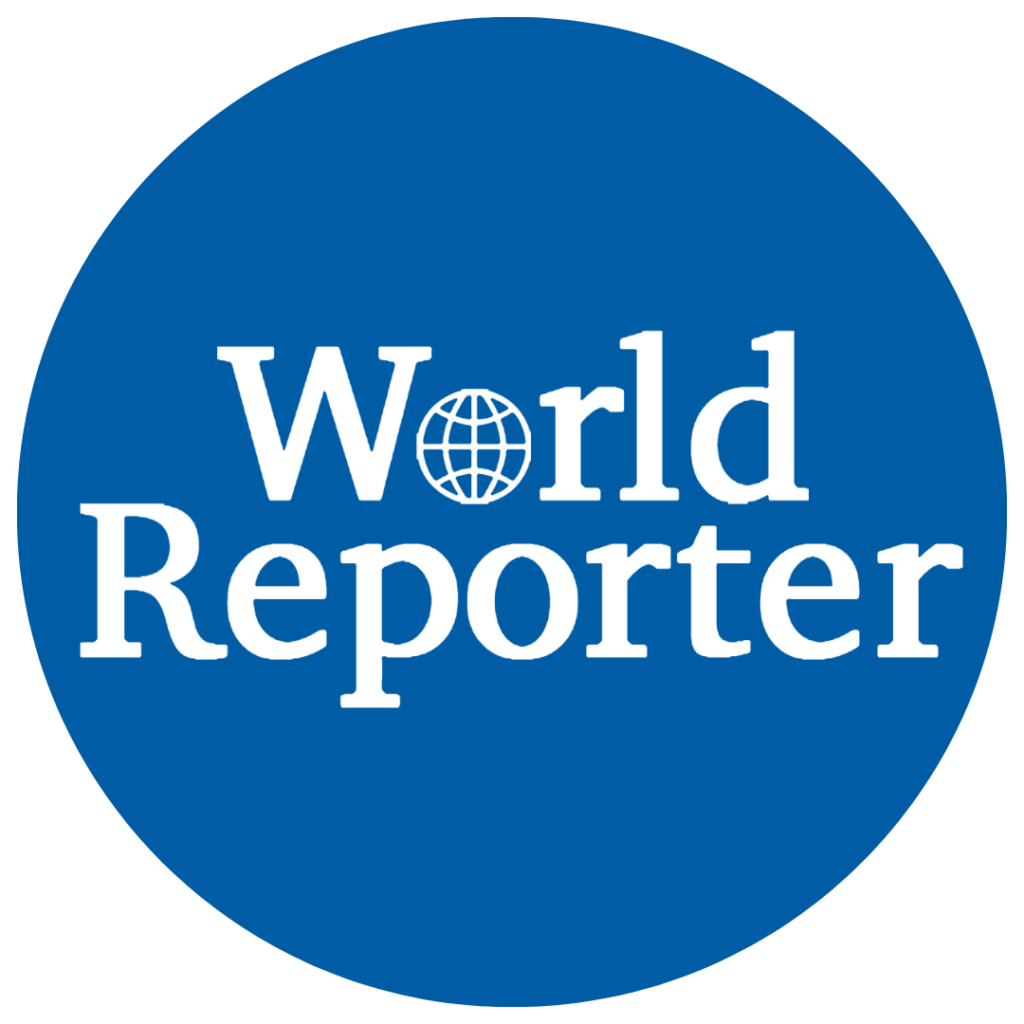Why The Job Market Shift Is Pulling The Fed’s Focus
Millions of Americans are watching the economy closely, and the job market continues to play a large role in the Federal Reserve’s decision-making. A poll published by Reuters showed that 80 percent of surveyed economists expect a rate cut at the December meeting. Several analysts say the Fed is responding to signs of a weaker labor market and slowing wage growth.
Economist Stephen Juneau of Bank of America told Reuters, “The labor market is cooling, yes, but it’s not collapsing by any means,” which reflects how the Fed may still move ahead with a cut even if the economy isn’t in sharp decline. His statement shows that officials might be comfortable easing rates earlier than expected.
The job data also ties directly to inflation. When hiring slows and wages level off, price pressures tend to ease. The Fed watches this relationship closely because interest rates are one of the tools it uses to control inflation. For borrowers, slower inflation and a possible rate cut could eventually bring down the cost of loans, though the impact tends to roll out gradually.
What A Rate Cut Really Means For You
A rate cut means the Federal Reserve lowers the federal funds rate, which is the benchmark rate that influences mortgages, credit cards and other loans. A reduction of 25 basis points might sound small, but it affects how banks price their lending products and how expensive it is for consumers to borrow.
Mortgage rates may drift slightly lower after a cut, although lenders don’t always match the Fed’s move exactly. If someone has a variable-rate loan, such as an adjustable mortgage or certain student loans, their payments may shrink once the lower rate filters through the system. Savings accounts, though, may see smaller returns because banks often pay less interest when borrowing costs go down.
UBS economist Abigail Watt explained to Reuters that “The general sense is the labor market still looks relatively weak… but the risk to December will be potentially data dispelling that sense of weakness.” Her comments show that while a cut is likely, it isn’t guaranteed. Economic data released before the December meeting could sway officials to delay action if it reveals unexpected strength.
Why This Matters Beyond The U.S.
The Federal Reserve plays an important role far beyond American borders. The U.S. dollar is the dominant global currency, and shifts in interest rates affect how money moves around the world. When the Fed cuts rates, the dollar often becomes weaker because investors look for higher returns elsewhere.
A weaker dollar can indirectly raise prices of imported goods in the U.S., since global commodities are usually priced in dollars. At the same time, emerging countries that borrowed money in dollars may find it easier to repay their debt. For them, a softer dollar eases pressure on budgets.
Investors in Europe, Asia, and Latin America also adjust their strategies when the Fed changes course. Lower borrowing costs in the U.S. can push funds into foreign stocks, bonds and real-estate markets. Even if most Americans don’t think about global financial flows, these shifts influence the price of goods on shelves, the strength of retirement accounts and the health of major companies.
What Might Stop The Cut From Happening
Although expectations are high, the Federal Reserve hasn’t committed to a cut. The biggest obstacle remains inflation. If new data shows prices rising again, officials may decide the risks of a rate cut outweigh the benefits. The central bank wants evidence that price growth is slowing in a stable and lasting way.
Another challenge comes from the ongoing gaps in government data during the shutdown. When agencies can’t release full monthly reports, it becomes harder for policymakers to judge economic conditions. Gaps in employment or inflation numbers make forecasting less reliable.
Fed Chair Jerome Powell has said publicly that “nothing is guaranteed,” reminding listeners that central bankers wait for solid evidence before changing policy direction. His caution means economists may be confident, but the committee still needs to see proof the economy is losing momentum.
How To Prepare Without Waiting For Certainty
People planning large purchases or refinancing may feel encouraged by the possibility of cheaper borrowing. Still, it’s helpful to treat a potential rate cut as one factor, not the only one. Loan terms, credit scores and lender policies also shape interest rates.
Consumers with adjustable-rate loans might want to watch how lenders respond after the December meeting. Banks adjust rates at different speeds, and some products change only at specific intervals. Checking loan statements or asking for clarification can help borrowers understand how a cut might affect their monthly costs.
Savings strategies may also shift. While lower rates reduce returns on deposits, they can encourage people to focus on lowering debt or building emergency funds. The main idea is staying flexible enough to adapt whether the Fed moves next month or waits a bit longer.








